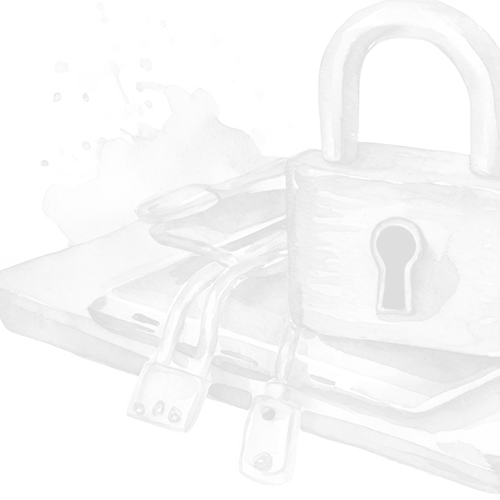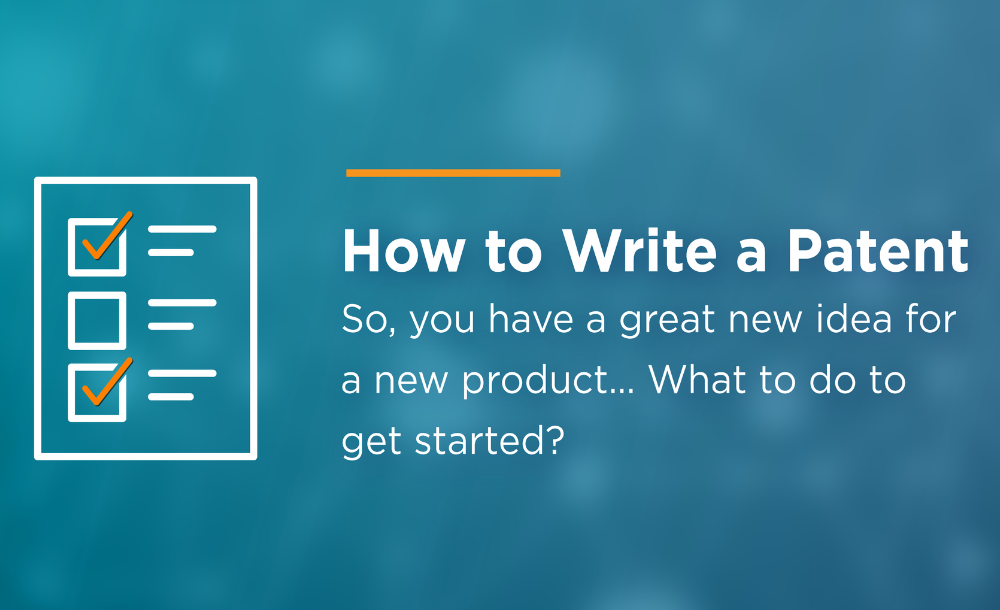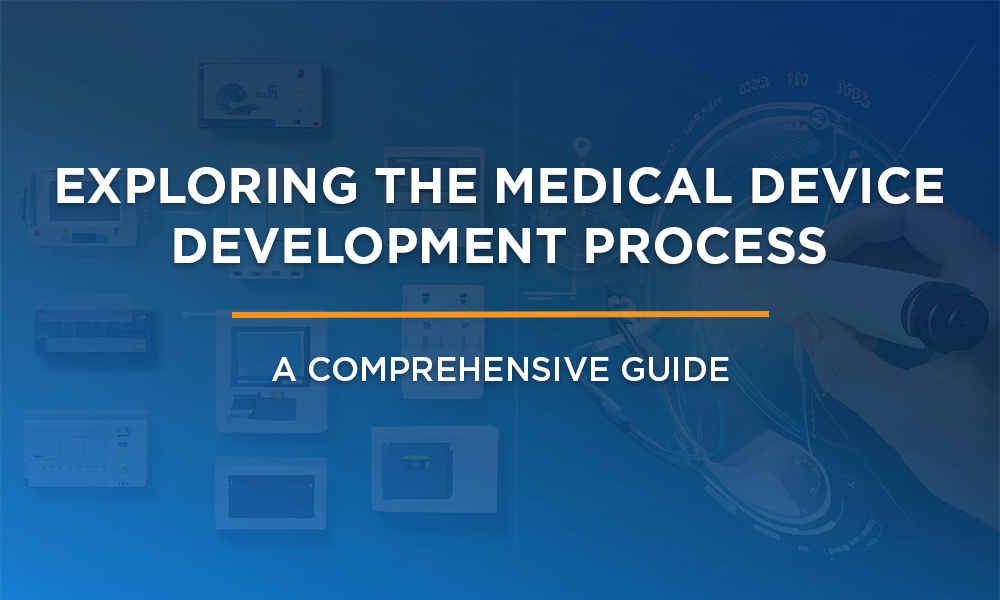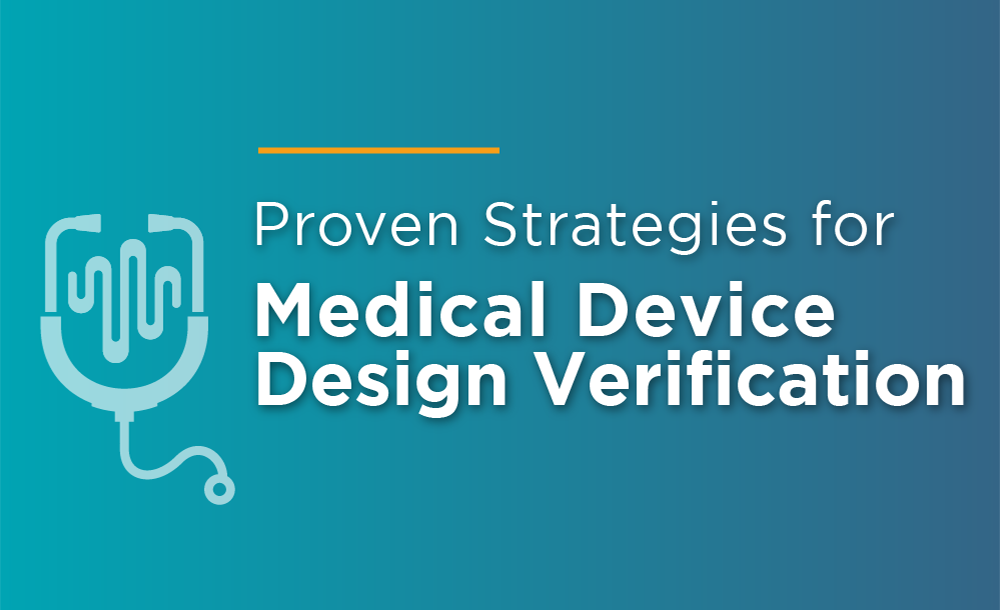Writing a patent is an important part of the product design process. Learn the steps with Sunrise Labs!
Importance of Writing a Patent for Your Product
Patenting your product, whether a medical device or a software product, is key to protecting your invention from unauthorized use, granting you exclusive rights for a period, typically 20 years. This not only safeguards your potential profit but also stimulates further scientific progress by encouraging comprehensive documentation of your innovation, thereby adding to the collective pool of scientific knowledge.
How to Write a Patent Application
Writing a patent application can be a complex process requiring careful attention to detail, as well as a deep understanding of the invention and the relevant patent laws. Here are general steps to follow:
Develop an Elevator Pitch
Creating an elevator pitch for a patent involves succinctly summarizing the unique selling points of your invention, its benefits, and how it stands out in the market. By drafting a succinct statement that summarizes the problem and how your product/service solves that problem, you’ll have an easier time getting buy-in for your product.
Conduct Patent Research
Research the IP landscape to learn if others have similar inventions or if your idea improves upon existing “art”.
- Search Google Patents for similar products to learn about “prior art”
- As you research patents, drill down through the links to patents referenced within each patent AND patents that reference each one you read, this latter group has built upon an invention and could be closer to your IP
- Identify how your product improves upon the “prior art”
- Further define product features that set your product apart
- As you research these patents, make a list of each patent title with the patent number and year of issue
- Include a single sentence describing how it does or does not relate to your IP
- Start this sentence with a word like YES, NO, Maybe, etc. so you and your patent attorney will understand which patents are believed to be pertinent or not relevant to your invention
- This list may also be used to cite referenced patents in your patent application
- If the patent search appears to be clear of conflicts, provide the results of your search to a patent attorney and ask that they perform a patent search on your behalf. If your product infringes upon another patent, having a record of a “paid” patent search will demonstrate due diligence and will prevent the assertion of “trebled damages” in a suit that triples the damage award.
Create a Draft
If the IP landscape is clear, create a draft of your patent and file a provisional patent to protect your idea while you further develop the product and the patent.
Develop an MVP
Begin developing a Minimum Viable Product (MVP) for your product/service as quickly as possible to get feedback from actual users early and often. This lets you hone the direction, the design, and your approach based on feedback from actual users and from observations of the actual use of your product or service.
Create a User-Experience Roadmap as Early as Possible
Identify what users will do at each interaction with your product. This begins when they open the box and considers whether charging will be required before use, QR codes will be helpful to find apps, how pairing will be done, what’s on the quick start guide vs the FAQ on your website, and how to contact customer support, etc. This can be done on a whiteboard or on Vizio and getting this right lets you build the MVP to reduce friction, reduce customer confusion and improve the customer experience.
Build your User Story
Check out “People don’t buy what you do…. they buy why you do it!” (Simon Sinek Ted Talk) Apple’s success is not an accident.
Define Your Competitive Advantage
Summarize your product concisely with a short paragraph and bullets.
List Specific Competitive Patents and/or Products
Identify features they have and how your invention builds on their product or fills a gap that they missed.
Write the Background of Your Invention
You are now ready to write the background of your invention. I often refer to this as “the babble” since it should be very verbose, detailing features other inventions missed, that are present in your new IP, plus every possible combo of implementation options you can dream up.
This description serves as a public disclosure that prevents others from filing patents on any new concepts or inventions you describe. Although you can only patent one invention per patent filing, you can go back later, before your patent issues, and file a continuation which lets you create a new set of patent claims with the original filing date so long as no new content is introduced. Therefore, it’s important to make the ‘babble’ as robust and broad as possible around your invention.
You can also file a “continuation-in-part” (CIP) during that period after receiving notice of patent approval but before it publishes, where you can introduce new content that was not covered in the original patent and its background “babble”, but a CIP does not retain the original patent’s filing date.
Learn More about the 10 Product Development “Gotchas” to safeguard your product’s success!
Some final pointers
With respect to writing claims, create a bullet list of items to be included in claims as well as combinations of these items to be included. This serves as a clear requirements list to hand to the patent attorney and provides a way to check their work to be sure every item or feature is addressed, along with every combination of desired items or features, in the claims.
Do I need a patent attorney?
Using a patent attorney to run an official “patent search” is always recommended, but when you choose to do this during the process is at your discretion.
Anyone can file a provisional patent on their own as it requires no claims at all, but a patent attorney may have suggestions to ensure that your background (babble) detail includes all possible features, options, and combinations possible – which will be necessary to maintain the original filing date.
However, for a non-provisional patent, I strongly recommend that you let a patent attorney draft the claims from your bulleted list because the language used in a claim can inadvertently exclude something of importance. One example of this relates to the use of the word “preferably” which is popular in European patents but is interpreted in the US as extraneous and thus would be considered a non-mandatory element in a claim.
One Final Note
Many companies operate without regard to checking or observing the IP of others and it is up to the owner of the IP to bring any infringement to their attention. Just be aware that infringement suits may have a significant cost, and those being sued will search for “prior art”, in any form of patents, YouTube videos, or any other public media form, that may invalidate your patent. This is a far more extensive IP search than that run by patent attorneys, so just be aware that having an issued patent is not a guarantee that you will enjoy protection and license fees from those deeply entrenched in your IP space.
FAQ’s
1. Is Writing a Patent for Your Product Important?
- Patents protect your invention from unauthorized use for 20 years.
- They grant you exclusive rights and potentially generate revenue through licensing.
- Patents contribute to scientific progress by encouraging detailed documentation.
2. What Are the Types of Patent Applications?
- Non-provisional patent: Requires a detailed description, drawings, and claims.
- Provisional patent: Establishes a priority date but has no claims (expires in 1 year).
3. How Do I Conduct Patent Research?
- Use resources like Google Patents to search for similar inventions (“prior art”).
- Identify how your product improves upon existing technology.
4. How Do I Develop an Elevator Pitch?
- Briefly summarize your invention’s unique features, benefits, and competitive edge.
5. Do I Need a Patent Attorney?
- Consider a patent attorney for an official patent search and for drafting claims.







